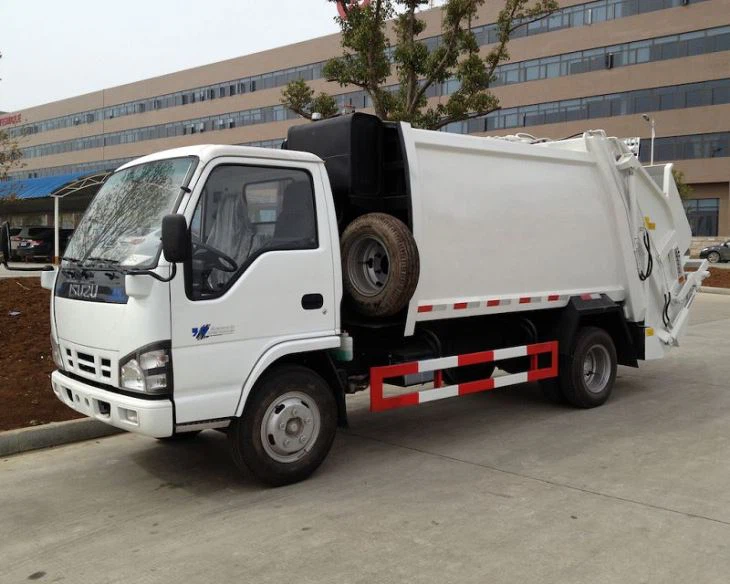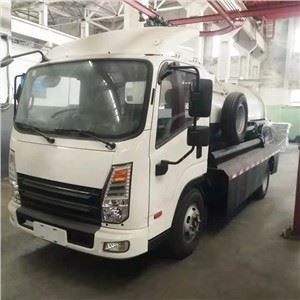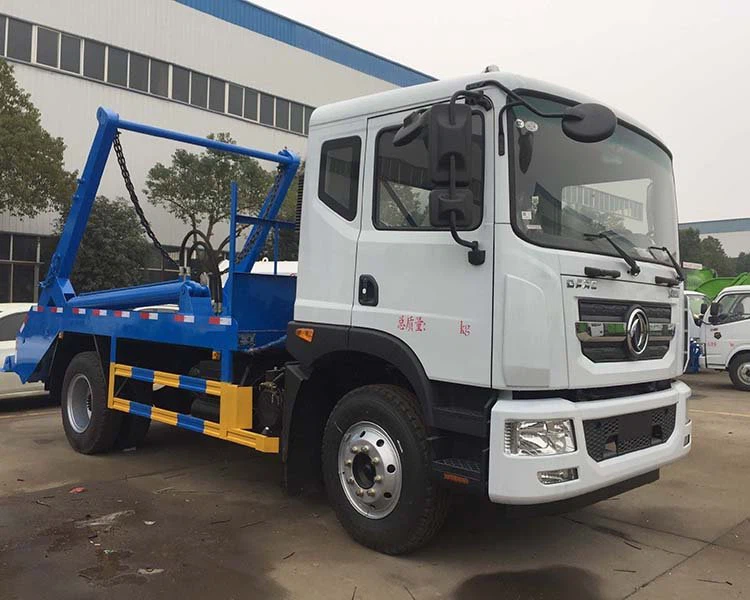Tippers: A Comprehensive Guide to Understanding Their Role and Importance

Tippers, commonly known as tipping trucks or dump trucks, play a pivotal role in various industries, from construction to waste management. These vehicles are specifically designed to transport and deliver loose materials like sand, gravel, and demolition waste. In this article, we will explore the different types of tippers, their specifications, applications, maintenance tips, and much more. Whether you’re a professional in the construction industry or just curious about how these trucks work, this guide is for you!
Understanding Tippers
What Are Tippers?
Tippers are specialized vehicles equipped with an open-box bed that can be raised at the front to allow the contents to be dumped out. This functionality is crucial for efficiently unloading materials without requiring additional labor. Tippers can vary in size and capacity, making them suitable for different projects and materials.
The History of Tippers
The concept of tipping trucks dates back to the late 19th century when horse-drawn carts began to evolve into steam-powered vehicles. The design and mechanism have significantly improved over the years, leading to the modern tippers we see today, often featuring hydraulic systems for ease of operation.
Evolution of Tipper Technology
Advancements in technology have led to the development of more efficient, fuel-efficient, and environmentally friendly tippers. Features such as GPS tracking, automated controls, and improved safety measures are now standard in many tippers.
Types of Tippers
1. Standard Tippers
Standard tippers are the most commonly used vehicles in construction and transportation, designed for general material handling. They usually have a straightforward tipping mechanism and are available in various sizes.
2. Off-Road Tippers

Off-road tippers are built for rough terrain and are commonly used in mining and construction sites. They come with robust tires and increased suspension to handle uneven surfaces.
3. Mini Tippers
Mini tippers are smaller vehicles often used in urban environments or small construction sites where space is limited. They are known for their maneuverability and ease of use.
4. Side Tippers
Side tippers have a unique design that allows them to unload materials from the side rather than the rear. This is beneficial in tight spaces or when unloading materials in specific areas.
Specifications of Tippers
Capacity
The capacity of a tipper truck varies significantly, typically ranging from 1 to 20 tons. Larger capacity vehicles are necessary for heavy-duty tasks, while smaller ones are ideal for lighter loads.
Engine Power
Most tippers are equipped with powerful engines ranging from 100 to 500 horsepower, depending on the truck’s size and intended use. This power ensures that tippers can handle substantial weights while maintaining performance.
Hydraulic Systems
The hydraulic system is crucial for the tipping mechanism, allowing the bed to raise and lower smoothly. Regular maintenance of this system is essential for optimal performance.
Table: Common Specifications of Tippers
| Type | Capacity (tons) | Engine Power (HP) | Application |
|---|---|---|---|
| Standard Tipper | 5-15 | 200-400 | Construction, transport |
| Off-Road Tipper | 10-20 | 400-500 | Mining, rugged terrain |
| Mini Tipper | 1-5 | 100-200 | Urban environments |
| Side Tipper | 5-20 | 250-450 | Specific unloading areas |
Applications of Tippers
Construction Sites
Tippers are predominantly used in construction projects for transporting materials like sand, gravel, and concrete. Their ability to offload materials quickly enhances productivity at construction sites.
Mining Operations
In mining, tippers play a crucial role in transporting ore and waste material from the mining site to processing facilities or designated dumping areas.
Agriculture
Farmers use tippers to transport fertilizers, crops, and soil amendments efficiently. Their capability to handle large loads makes them ideal for agricultural tasks.
Waste Management
Tippers are also used in waste management for the efficient collection and transport of waste materials to disposal sites or recycling centers.
Operational Tips for Using Tippers
Pre-Operation Checks
Before using a tipper, conduct thorough checks to ensure that the vehicle is in good working condition. This includes inspecting tires, brakes, and hydraulic systems.
Loading Techniques
Proper loading is essential for stability and safety. Distribute the load evenly to prevent tipping over and ensure that the weight does not exceed the vehicle’s capacity.
Driving Safety Tips
When operating a tipper, always follow road safety regulations. Keep a safe distance from other vehicles, and be cautious when turning or reversing, especially in tight spaces.
Example: Loading and Unloading Protocol
- Ensure the vehicle is parked on a level surface.
- Load materials evenly across the bed.
- Use additional safety equipment when necessary, such as tarps for loose materials.
- When unloading, stop at the designated area and engage the hydraulic system carefully.
Maintenance of Tippers
Regular Inspections
Regular inspections are vital for identifying and addressing potential issues before they become significant problems. Check brake systems, hydraulic fluids, and tire conditions periodically.
Engine Maintenance
Following the manufacturer’s guidelines for engine maintenance, such as regular oil changes and filter replacements, will prolong the life of the tipper.
Cleaning and Washing
Cleansing the truck after use, especially from corrosive materials like salt or gravel, helps prevent rust and damage. Ensure that the tipping bed is cleaned regularly to maintain its integrity.
Buying or Renting a Tipper
Factors to Consider
When deciding whether to buy or rent a tipper, consider factors such as intended use, frequency of operation, and budget. Renting might be more cost-effective for one-time projects, while purchasing could be beneficial for ongoing operations.
Where to Buy or Rent Tippers
Various dealerships and rental services specialize in heavy machinery and offer tippers for sale or rent. Online marketplaces can also be a valuable resource for finding used or new tippers.
Checklist for Buying a Tipper
- Assess your capacity needs.
- Check for warranty and service agreements.
- Examine fuel efficiency ratings.
- Review the resale value.
Environmental Impact of Tippers
Emission Standards
Newer models of tippers are manufactured to meet strict emission standards. Understanding and adhering to these regulations helps mitigate environmental impacts.
Fuel Efficiency
Investing in fuel-efficient tippers can significantly reduce carbon footprints. Advances in technology have led to improved engine performance while minimizing fuel consumption.
Alternative Energy Options
As sustainability becomes increasingly important, alternative energy options such as electric or hybrid tippers are emerging. These options offer the potential for lower operational costs and reduced environmental impact.
Frequently Asked Questions (FAQ)
1. What is the average lifespan of a tipper truck?
The average lifespan of a tipper truck can vary based on usage, maintenance, and build quality, but typically ranges from 10 to 15 years.
2. How much can a tipper carry?

Most tippers can carry between 1 to 20 tons, depending on their size and design. It is essential to check the specific model’s capacity.
3. Are there any special licenses required to operate a tipper?
Yes, operating a tipper may require a commercial driver’s license (CDL) and specialized training depending on local regulations.
4. Can I use a tipper for transporting liquids?
Standard tippers are designed for loose materials rather than liquids. However, specialized tippers are available for transporting specific liquids.
5. What maintenance is required for hydraulic systems in tippers?
Regular checks for fluid levels, leaks, and hydraulic fluid quality are crucial. It’s also important to keep the hydraulic cylinders clean and well-lubricated.

6. Are there different tipping mechanisms in tippers?
Yes, tippers can have different types of tipping mechanisms, such as rear tipping, side tipping, or even controlled tipping for precision unloading in tight spaces.
